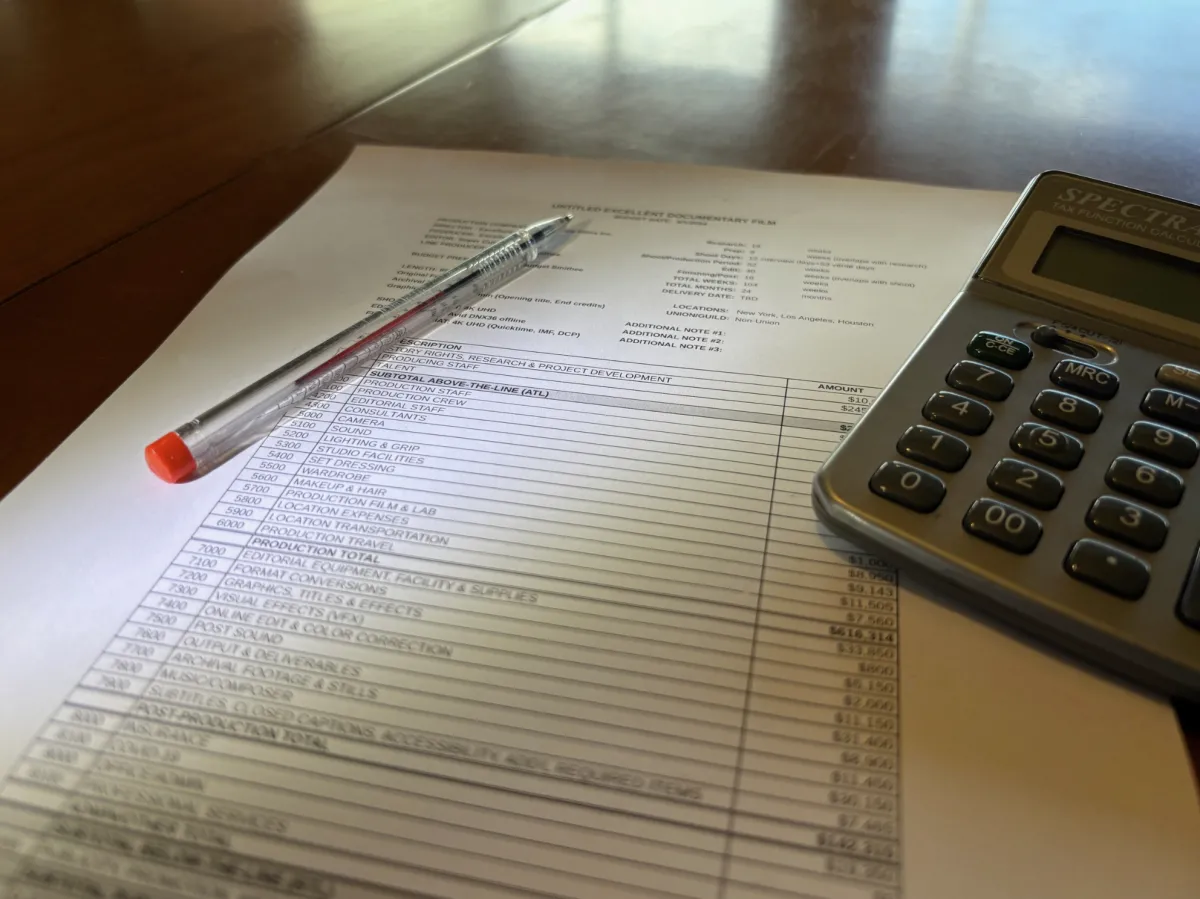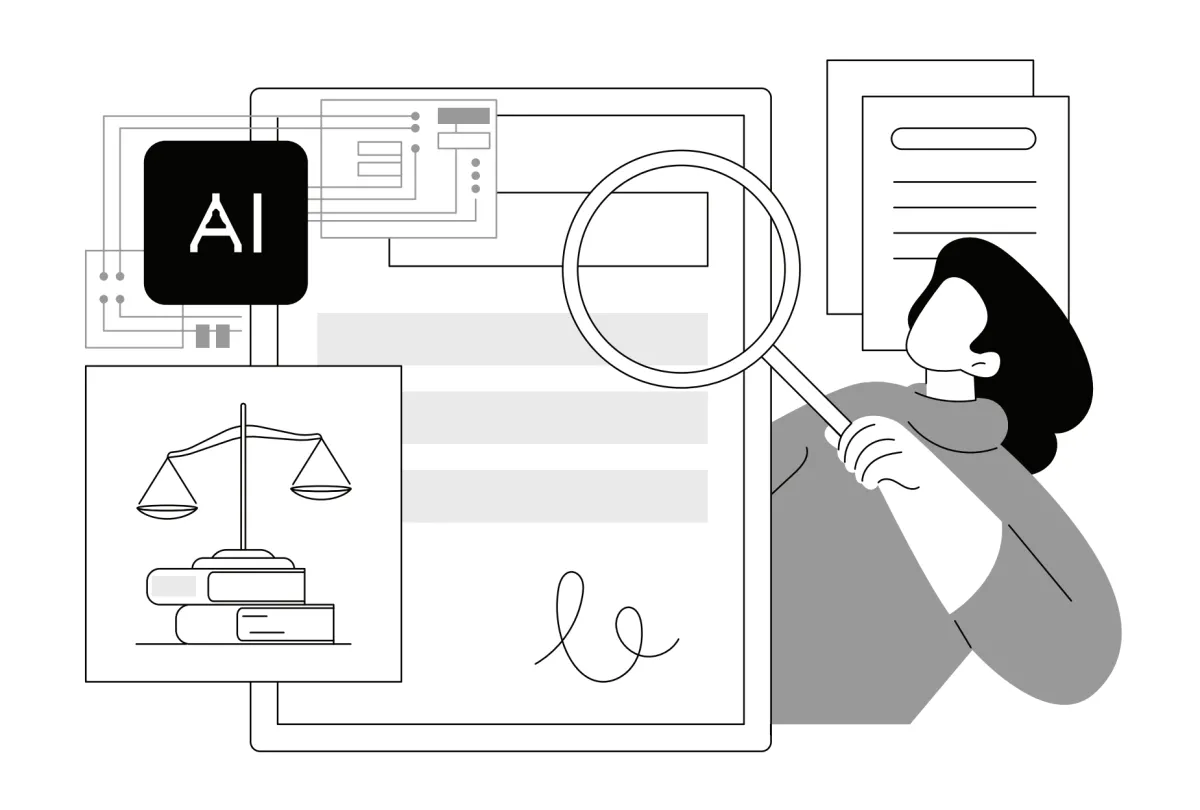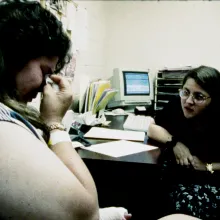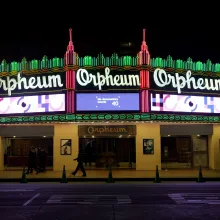Frederick Wiseman is a pillar of American documentary, yet much of his work has historically been difficult to view in a high-quality format. For the first 40 years of his expansive career, Wiseman shot each of his deep-diving, sometimes epic-length explorations of various institutions on 16mm, not transitioning to digital until the late 2000s. Over the course of five years and in collaboration between Wiseman’s company Zipporah Films and the Library of Congress, the Harvard Film Archive, the late DuArt Film Lab, and Goldcrest Post, 33 of his features—from his debut Titicut Follies (1967) to State Legislature (2006)—received 4K restorations. Beyond being a vital work of preservation for one of our most important documentarians, the effort has precipitated one of the biggest repertory cinema events of the year in cities on multiple continents. Amidst these retrospectives, we sat down to speak with Wiseman over the phone about the restoration process, his literary influences, and how newer audiences have received his work.
Frederick Wiseman
This piece was first published in Documentary ’s Winter 2024/2025 issue, with the following subheading: What does the makeup of films awarded at IDA’s
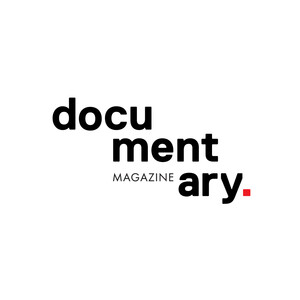
The Sublimity of Document: Cinema as Diorama by Scott MacDonald Oxford University Press 2019 In an interview with Austrian documentary filmmaker

As the conference is named Getting Real and this dispatch is of a more personal nature, my job here is to, yes, keep it real. That’s why I must

In his latest film, Ex Libris: The New York Public Library, Frederick Wiseman takes his camera into the boardrooms, auditoriums, classrooms and

Right smack-dab in the middle of Awards Season - two months after the Toronto/Telluride/Venice triumvirate and two months before the Academy Awards

I want to call Cinefamily's upcoming Frederick Wiseman retrospective one of the key documentary events of the year, but that would be selling it short
